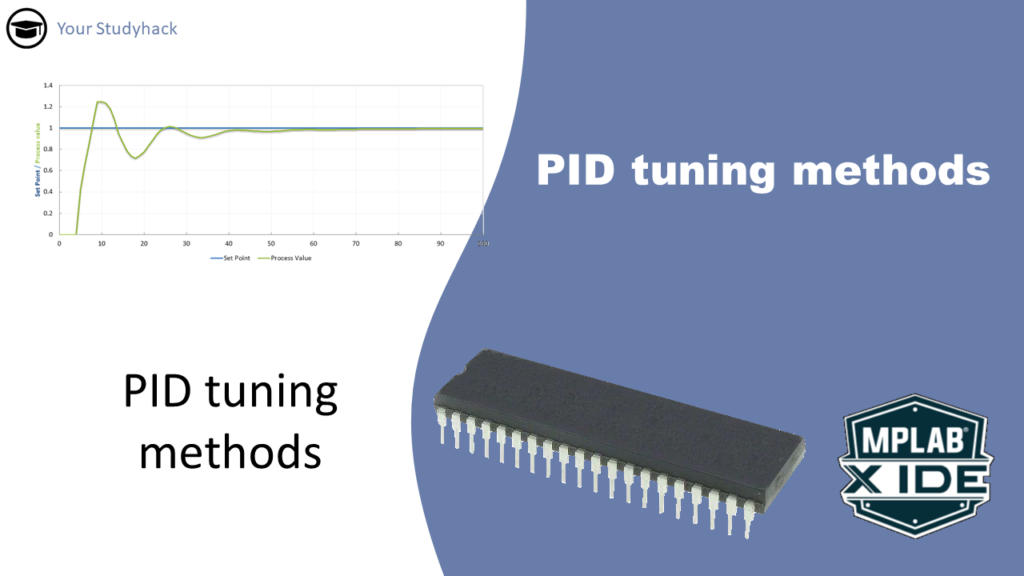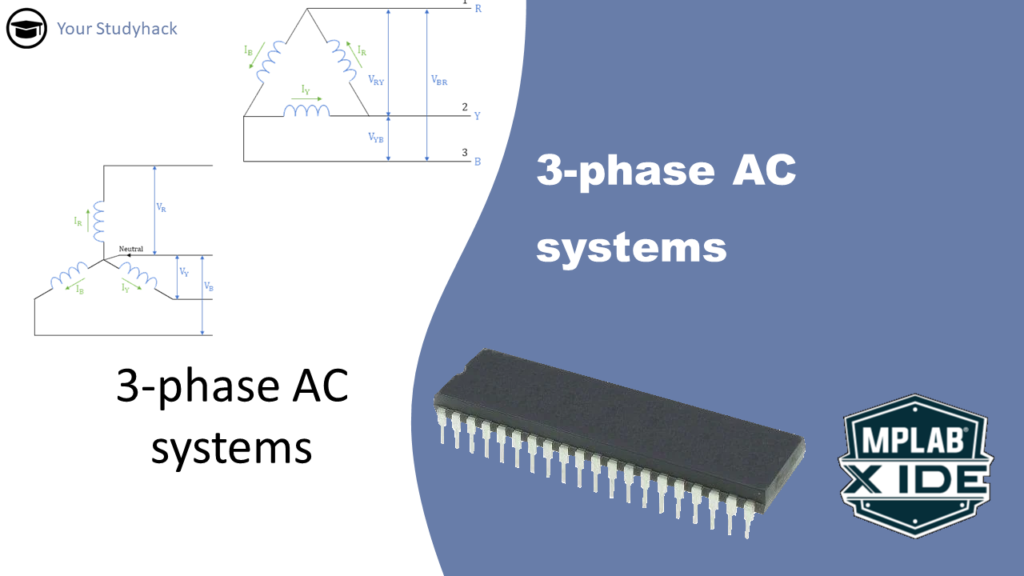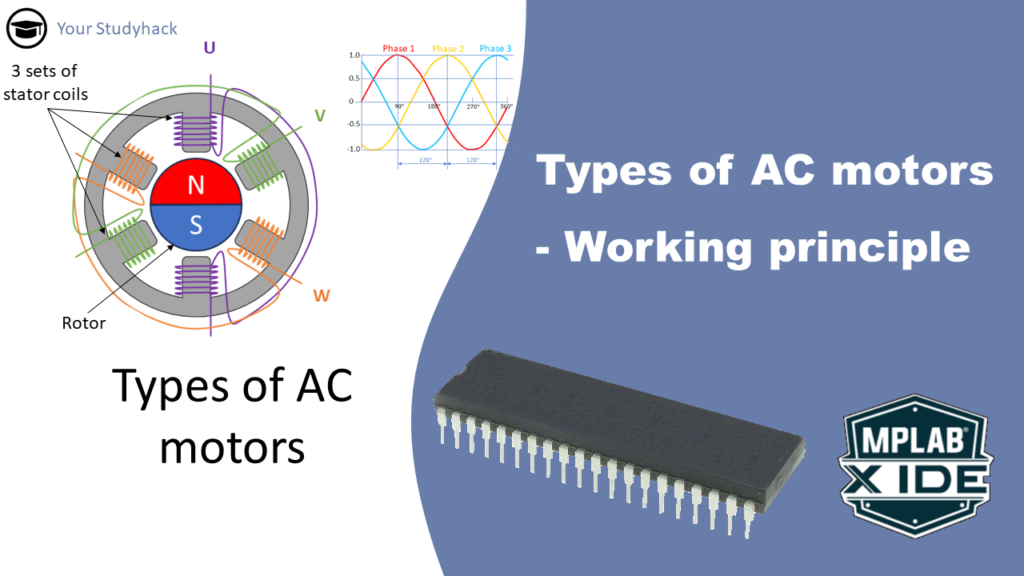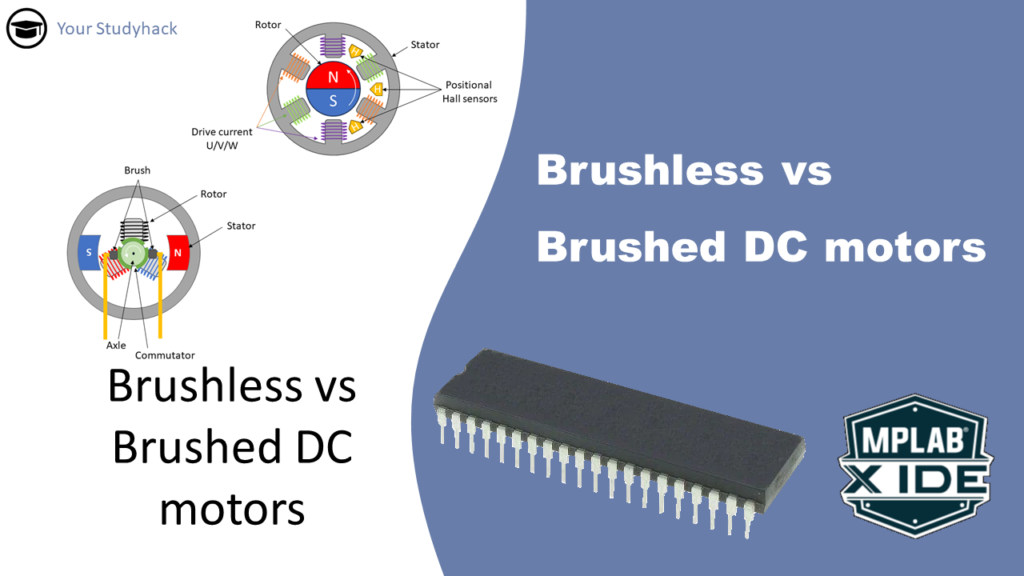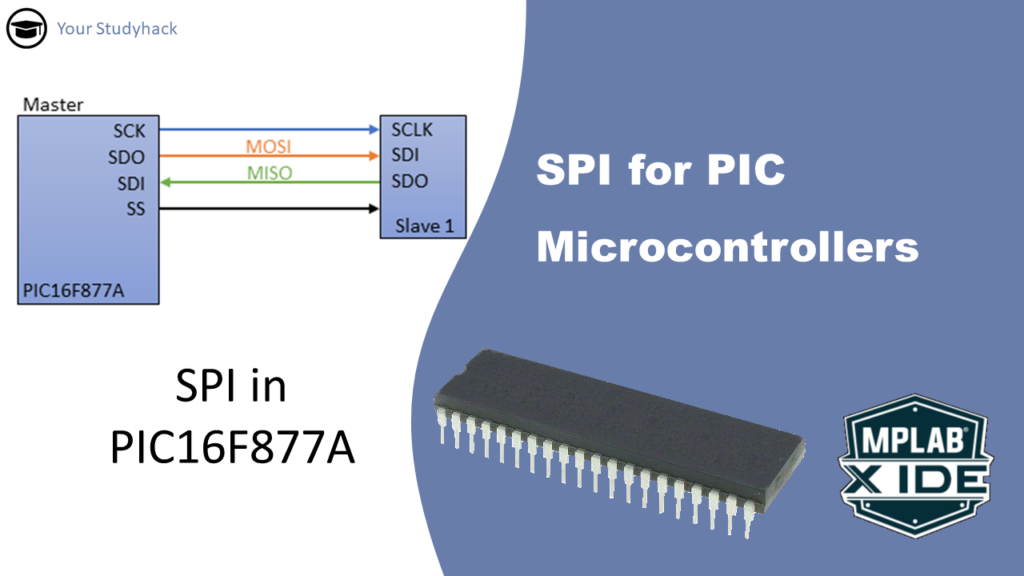 Daily tech news
Daily tech news
- An old jeweler’s trick could change nuclear timekeepingA team of physicists has discovered a surprisingly simple way to build nuclear clocks using tiny amounts of rare thorium. By electroplating thorium onto steel, they achieved the same results as years of work with delicate crystals — but far more efficiently. These clocks could be vastly more precise than current atomic clocks and work […]
- Critical minerals are hiding in plain sight in U.S. MinesResearchers found that U.S. metal mines already contain large amounts of critical minerals that are mostly going unused. Recovering even a small fraction of these byproducts could sharply reduce dependence on imports for materials essential to clean energy and advanced technology. In many cases, the value of these recovered minerals could exceed the value of […]
- New state of quantum matter could power future space techA UC Irvine team uncovered a never-before-seen quantum phase formed when electrons and holes pair up and spin in unison, creating a glowing, liquid-like state of matter. By blasting a custom-made material with enormous magnetic fields, the researchers triggered this exotic transformation—one that could enable radiation-proof, self-charging computers ideal for deep-space travel.
- Miracle material’s hidden quantum power could transform future electronicsResearchers have directly observed Floquet effects in graphene for the first time, settling a long-running scientific debate. Their ultrafast light-based technique demonstrates that graphene’s electronic properties can be tuned almost instantaneously. This paves the way for custom-engineered quantum materials and new approaches in electronics and sensing.
- Century-old catalysis puzzle cracked by measuring a fraction of an electronScientists have directly measured the minuscule electron sharing that makes precious-metal catalysts so effective. Their new technique, IET, reveals how molecules bind and react on metal surfaces with unprecedented clarity. The insights promise faster discovery of advanced catalysts for energy, chemicals, and manufacturing.
- Stanford discovers an extraordinary crystal that could transform quantum techStanford scientists found that strontium titanate improves its performance when frozen to near absolute zero, showing extraordinary optical and mechanical behavior. Its nonlinear and piezoelectric properties make it ideal for cryogenic quantum technologies. Once overlooked, this cheap, accessible material now promises to advance lasers, computing, and space exploration alike.
Category
PID tuning methods
Rule-based PID tuning methods asssume that there is a system response that can be put into an easy mathematical description. The characteristics of this response...
3 phase AC systems
In this article we take a closer look at the three phase power system. I will begin with giving you an overview of the differences...
Types of AC Motors – Working Principles
Motors are primarily categorized as either AC or DC, with further classifcation based on their inherent rotation characteristics. In this article, we will commence by...
Brushless Vs Brushed DC Motors: Which to choose
Motors are primarily categorized as either AC or DC, with further classification based on their inherent rotation characteristics. In this article, we will commence by...
Controlling Stepper Motors with Microcontrollers
The basic principle behind a motor lies in the conversion of electrical energy into rotational mechanical movement. This can manifest as either continuous or step-wise...
SPI for microcontrollers
In this article we will take a closer look at Serial Peripheral Interface, also called SPI. This is the third and last serial communication module...
Prerequisits
To make it easier, I assume you have a basic knowledge of the following:
- Basic circuitry knowledge; such as resistors, transistors, diodes, relays.
- Basic programming knowledge in C; understand what are functions, operators, data types, and more.
- Digital electronics, such as logic gates.
On some occasions I will explain it from scratch, but to understand everything, it is best to brush up on the basics so that you can follow the tutorials.
Required Software
For these tutorials we use Microchip’s own software package that includes:
- MPLAB X IDE
- XC8 Compiler
- PICKIT3 programmer/debugger
All the tools can be downloaded at the official website of Microchip Technology
Required Hardware
The full tutorial consists of many different types of electrical components, sensors and actuators. It depends completely on your own project what you need. However, in all cases you will need a Pickit3 tool to install the software and you need at least 1 PIC16F877A microcontroller to install it on.


